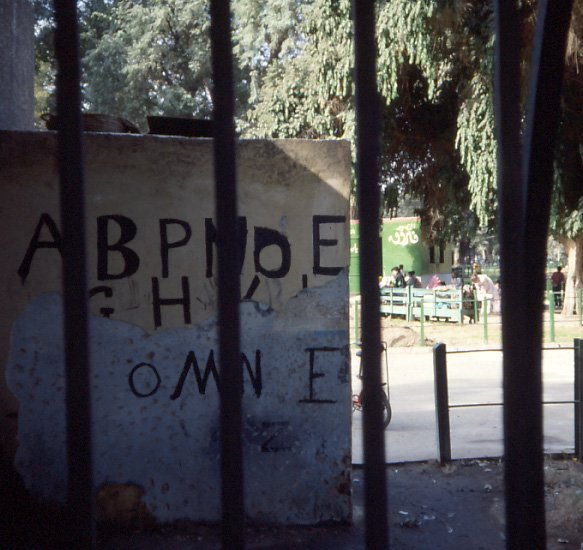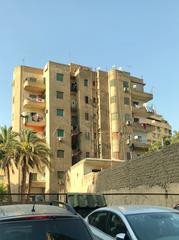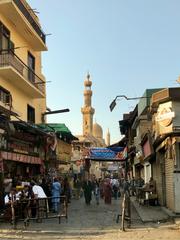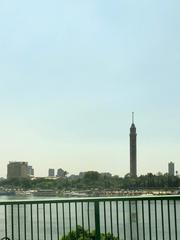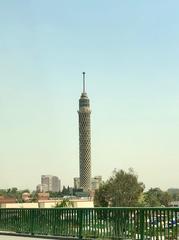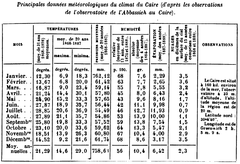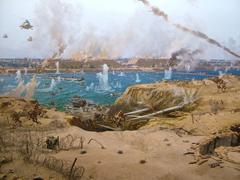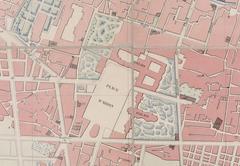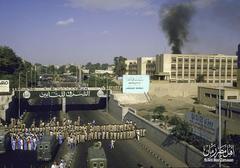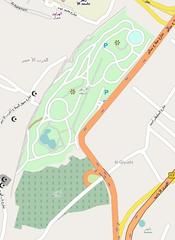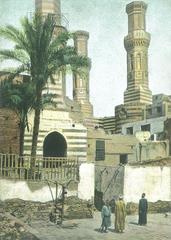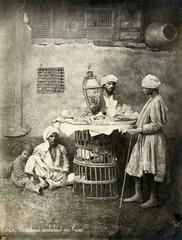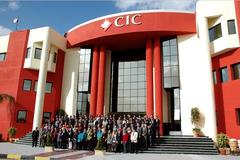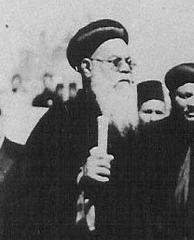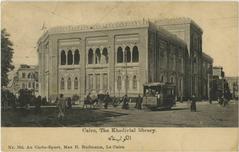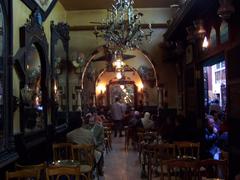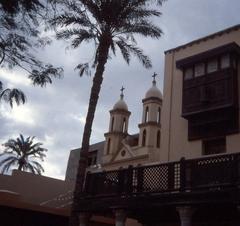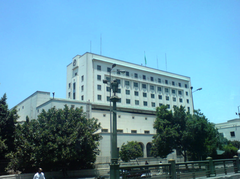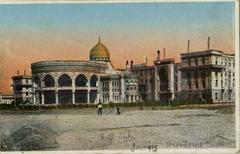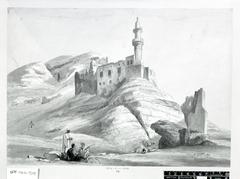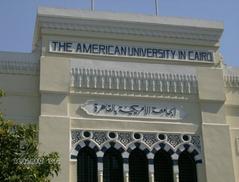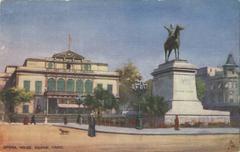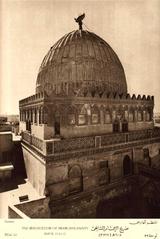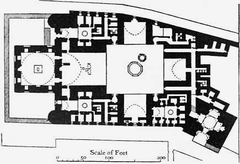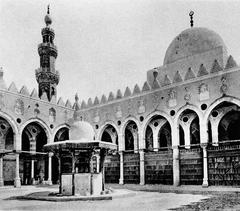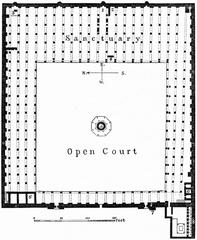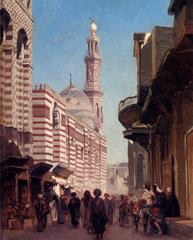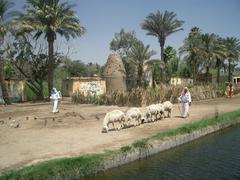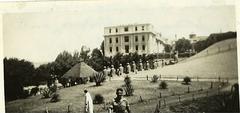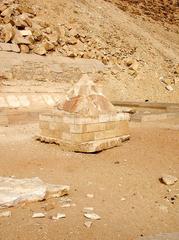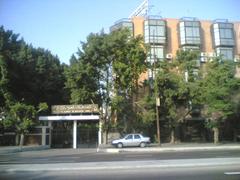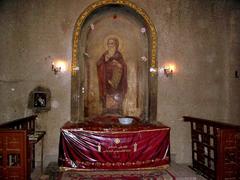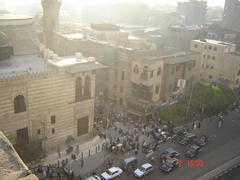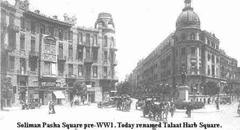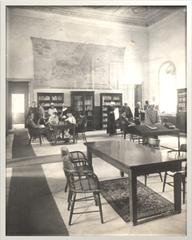Cairo Historical Sites: Visiting Hours, Tickets, and Travel Guide
Date: 14/06/2025
Introduction to Cairo Historical Sites
Cairo, Egypt’s sprawling capital, is a vibrant metropolis where ancient wonders and modern life converge. Renowned for its world-famous landmarks—such as the Pyramids of Giza, the Sphinx, and the Egyptian Museum—Cairo stands as a crossroads of civilizations. Its layered history, stretching from Pharaonic times through Islamic and colonial eras, offers visitors a unique journey through time (World Population Review; UNESCO). This guide provides a detailed overview of Cairo’s most significant historical sites, including practical information on visiting hours and tickets, alongside essential travel and safety tips.
Table of Contents
- Introduction
- Ancient Foundations and Pre-Islamic Roots
- Islamic Cairo: Arab Conquest to Fatimid Glory
- Mamluk, Ottoman, and Modern Eras
- Cairo’s Religious and Cultural Significance
- Visiting Cairo Historical Sites: Hours, Tickets, and Accessibility
- Nearby Attractions and Travel Tips
- Cairo’s Evolution as a Travel Destination
- Safety, Etiquette, and Practical Information
- Frequently Asked Questions (FAQ)
- Conclusion
- Sources
Ancient Foundations and Pre-Islamic Roots
The Cairo region’s history begins with the ancient Egyptian capitals Memphis and Heliopolis, both of which played pivotal roles in the country’s development. Founded around 3100 BCE, Memphis was the first capital of unified Egypt under Narmer (Menes) and remained influential for centuries (World Population Review). The strategic location near the Nile Delta facilitated trade, conquest, and cultural exchange. Later, the Romans built the fortress of Babylon-in-Egypt, now part of Coptic Cairo, which became a hub for early Christian communities (UNESCO).
Islamic Cairo: Arab Conquest to Fatimid Glory
Following the Arab conquest in 640 CE, the city of Fustat was established by Amr ibn al-As. This marked the beginning of Islamic Cairo, with the founding of the Mosque of Amr ibn al-As—the oldest mosque in Africa (UNESCO). Subsequent dynasties, such as the Abbasids and Tulunids, shaped Cairo’s urban landscape, with significant monuments like the Mosque of Ahmad ibn Tulun.
Cairo as we know it today was founded in 969 CE by the Fatimid dynasty and named Al-Qahirah (“The Victorious”). The Fatimids built grand palaces and the Al-Azhar Mosque, which became an enduring center of Islamic learning (UNESCO). The city’s medieval heart, now Historic Cairo, still preserves much of this era’s urban fabric.
Mamluk, Ottoman, and Modern Eras
Under the Ayyubids and especially the Mamluks (1250–1517), Cairo flourished as a cosmopolitan metropolis, renowned for its mosques, madrasas, and bustling markets. The Citadel, built by Salah ad-Din (Saladin), became the seat of government and a symbol of Cairo’s power (UNESCO).
The Ottoman conquest in 1517 reduced Cairo’s political significance but allowed it to remain a vital center of trade, scholarship, and culture. Modernization accelerated in the 19th and 20th centuries, with European-style boulevards, new neighborhoods, and institutions like the Egyptian Museum shaping the city’s profile (Travel2Egypt).
Cairo’s Religious and Cultural Significance
Cairo is a beacon of religious diversity and cultural achievement. It hosts the famed Al-Azhar University, numerous mosques—including Ibn Tulun and Sultan Hassan—Coptic churches like the Hanging Church, and the Ben Ezra Synagogue (Wanderlog). Cairo’s historic core, a UNESCO World Heritage Site, is a living testament to centuries of cultural exchange and urban evolution (UNESCO).
Cairo’s arts scene is equally dynamic, with music, dance, visual arts, and literature thriving in venues ranging from traditional markets to modern galleries and the Cairo Opera House (Over Your Place).
Visiting Cairo Historical Sites: Hours, Tickets, and Accessibility
Major Attractions
Pyramids of Giza and Sphinx
- Hours: Daily, 8:00 AM–5:00 PM
- Tickets: Entry to the plateau ~200 EGP; additional fees for pyramid interiors
- Tips: Arrive early; guided tours recommended; uneven terrain
Egyptian Museum (Tahrir Square)
- Hours: Daily, 9:00 AM–7:00 PM
- Tickets: ~200 EGP; discounts for students/children
- Tips: Not air-conditioned; allow several hours for a visit
Grand Egyptian Museum (GEM)
- Hours: Tuesday–Sunday, 9:00 AM–5:00 PM
- Tickets: ~300 EGP; discounts available
- Accessibility: Fully accessible with ramps/elevators (iEgypt Travels)
Citadel of Saladin and Mosque of Muhammad Ali
- Hours: Daily, 8:00 AM–5:00 PM
- Tickets: ~180 EGP (combined ticket)
Khan el-Khalili Bazaar
- Hours: Daily, 10:00 AM–10:00 PM
- Tips: Bargaining customary; atmospheric cafés and shops
Islamic Cairo Monuments
- Mosque of Ibn Tulun: Daily, 9:00 AM–5:00 PM
- Mosque-Madrassa of Sultan Hassan: Daily, 9:00 AM–5:00 PM
- Al-Azhar Mosque: Visiting hours vary; check in advance
Coptic Cairo
- The Hanging Church: 9:00 AM–5:00 PM
- Saint Sergius and Bacchus Church: By appointment or guided tour
- Ben Ezra Synagogue: Weekdays
Saqqara and Memphis (Short Drive from Cairo)
- Step Pyramid of Djoser: 8:00 AM–4:30 PM
National Museum of Egyptian Civilization (NMEC)
- Hours: Daily, 9:00 AM–5:00 PM
- Tickets: ~200 EGP
Ticketing and Tips
- Where to Buy: Most tickets are sold on-site; some museums and the GEM offer online booking (Lonely Planet)
- Guided Tours: Highly recommended for historical context and logistical ease; many are available in multiple languages
- Accessibility: Wheelchair access varies; major museums are equipped, but ancient sites may present challenges
Best Times to Visit
- Season: October–April for cooler weather and fewer crowds
- Time of Day: Early mornings or late afternoons are ideal for both comfort and photography
Nearby Attractions and Travel Tips
- Saqqara and Dahshur: Less crowded, major archaeological significance
- Nile Cruises and Felucca Rides: Popular for city views and relaxation (Time Travel Turtle)
- Desert Safaris: Dune-bashing and camel rides available; use reputable operators
Transport: Cairo’s traffic is dense; use reputable taxi companies, ride-hailing apps (Uber, Careem), or guided tours for ease and safety (Her Nomad Eyes).
Dress Code: Modest attire is recommended at religious and historic sites.
Cairo’s Evolution as a Travel Destination
With a population now exceeding 23 million, Cairo is Africa’s largest city and a dynamic hub for travelers (World Population Review). Its enduring appeal lies in the seamless blend of ancient monuments and modern vibrancy. New developments such as the Grand Egyptian Museum and a thriving contemporary arts scene ensure Cairo remains at the forefront of global destinations (Wanderlog).
Safety, Etiquette, and Practical Information
General Safety
Cairo is generally safe for tourists, but petty crime like pickpocketing can occur in crowded places (Travellers Worldwide). Remain vigilant, secure your belongings, and use hotel safes for valuables. Political protests can arise unexpectedly; avoid large gatherings and monitor local news (U.S. State Department; UK FCDO).
Women’s Safety
Women may encounter unwanted attention; dress modestly, avoid isolated areas after dark, and use reputable transport services (Leaps of Travel).
Health
- Drink only bottled water
- Eat at reputable restaurants
- Carry hand sanitizer and tissues
Ensure your travel insurance covers medical emergencies (Egypt Insights).
Money and Tips
- Carry small denominations; credit cards are not accepted everywhere
- Tipping (baksheesh) is customary
- Use ATMs inside banks or hotels for security
Cultural Etiquette
- Modest clothing is expected at religious sites; women may need to cover hair in mosques
- Ask permission before photographing people
- Learn basic Arabic greetings for politeness
Entry Requirements
- Passport with six months’ validity
- Most nationalities require a visa, available online or on arrival (Egypt Insights)
Emergency Contacts
- Police: 122
- Ambulance: 123
- Fire: 180
- U.S. Embassy: +20-2-2797-3300 (U.S. Embassy Cairo)
Frequently Asked Questions (FAQ)
Q: What are the visiting hours for the Pyramids of Giza?
A: Daily, 8:00 AM–5:00 PM.
Q: How do I buy tickets for Cairo’s main attractions?
A: Most are purchased on-site; some museums offer online booking. Guided tours often include tickets.
Q: Are guided tours available in multiple languages?
A: Yes, many tours are offered in English, Arabic, French, and more.
Q: Is Cairo accessible for travelers with disabilities?
A: Major museums are accessible; ancient sites may pose challenges.
Q: When is the best time to visit Cairo?
A: October–April for mild weather and fewer crowds.
Conclusion
Cairo is a city of extraordinary depth, where the grandeur of ancient civilizations meets the pulse of modern urban life. With well-organized visiting hours, clear ticketing systems, accessible facilities, and rich cultural offerings, Cairo welcomes visitors into its living history. By respecting local customs, planning ahead, and staying informed, you’ll enjoy an enriching and unforgettable journey through Egypt’s magnificent capital.
Download the Audiala app for up-to-date information, ticket bookings, and exclusive offers. Follow us on social media for the latest travel inspiration and tips.
Sources and Official Links
- World Population Review: Cairo
- UNESCO World Heritage Centre: Historic Cairo
- Wanderlog: Best Places to Visit for Arts and Culture in Cairo
- Lonely Planet: Top Things to Do in Cairo
- iEgypt Travels: What to Visit in Egypt in 2025
- U.S. State Department: Egypt Travel Advisory
- UK FCDO: Egypt Travel Advice
- Egypt Tours Plus: Cairo Egypt Attractions
- Leaps of Travel: Navigating Cairo’s Social Landscape
- Over Your Place: Cairo Culture, Traditions, History, Customs, Festivals
- Travel2Egypt: Cairo Travel Guide and History Chronicles
- Time Travel Turtle: Things to Do in Cairo
- Egypt Insights: Dos and Don’ts in Egypt
